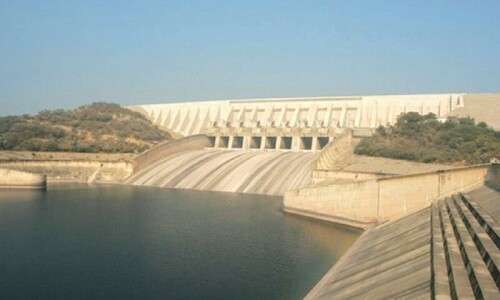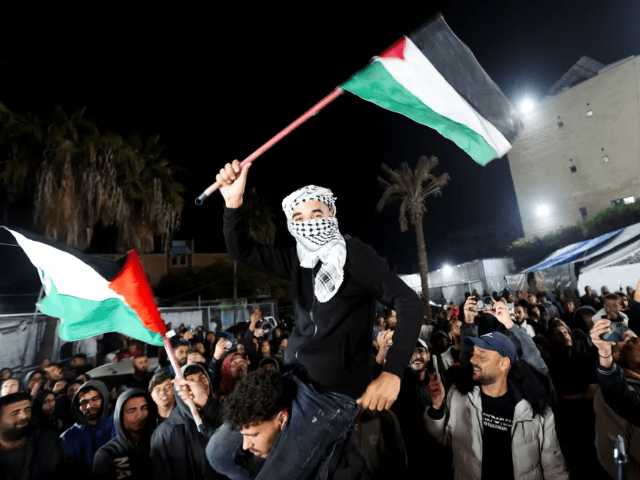Balochistan Govt Urges BNP-M to Confine Protest to Sariab Road, Cautions of Legal Action
The Balochistan government has issued a clear directive to the Balochistan National Party-Mengal (BNP-M), urging it to restrict its ongoing protest march to Quetta’s Sariab Road and avoid entering the city’s highly sensitive Red Zone. Government spokesperson Shahid Rind emphasized that failure to comply with this condition will result in legal consequences.
Last week, the Baloch National Party-Mengal (BNP-M) began a long protest march from Wadh to Quetta in response to the arrest of members of the Baloch Yakjehti Committee (BYC), which includes prominent activists like Dr. Mahrang Baloch and Sammi Deen Baloch. While Sammi has since been released, tensions remain high as the BNP-M’s sit-in has now continued for nine consecutive days.
During a rally in Mastung on Thursday, party leader Sardar Akhtar Mengal presented three key demands to the authorities: the immediate release of all detained BYC members, especially the women; permission to peacefully continue the march into Quetta; or, alternatively, the detention of BNP-M leaders as well.
At a press briefing in Quetta, Shahid Rind stated that the provincial administration had proposed allowing the protest to proceed only as far as Shahwani Stadium on Sariab Road. However, the BNP-M insisted on holding the demonstration in the city’s Red Zone — a move the government firmly opposed.
Rind acknowledged the constitutional right to peaceful protest but clarified that decisions regarding the location and duration of such protests fall under the jurisdiction of local authorities. He warned that Section 144 is in effect and any violation of its terms will prompt strict legal action.
Red Zone Off-Limits, Says Government
Responding to a question about enforcing the Red Zone restriction, Rind reiterated that no demonstrations would be allowed to paralyze government operations. He also raised concerns about anti-state rhetoric allegedly being promoted through the BNP-M’s political platform, stating that legal measures have already been initiated in response.
Touching on BNP-M chief Akhtar Mengal’s recent statements, Rind said the provincial leadership has chosen to refrain from inflammatory exchanges. “The chief minister, Sarfraz Bugti, has made it clear from day one that the political dialogue must continue in a respectful tone without undermining the process,” he said.
Dialogue and Deadlock: Talks Continue with Opposition Parties
The spokesperson further disclosed that two rounds of talks had been held with the BNP-M. Besides, Chief Minister Bugti has also been in conversation with other major political entities in Balochistan, including Dr. Abdul Malik Baloch, Jamiat Ulema-i-Islam-Fazl, and the Balochistan Awami Party, in a bid to foster political harmony.
Rind mentioned that Mengal had previously criticized the government’s negotiation committee for lacking authority. To address this, the committee was granted full powers. Rind maintained that the provincial stance was consistent — if the courts grant bail to BYC leaders, the government would respect the decision.
Roads Blocked, Highways Dug: A Region on Standstill
Speaking to media outlets, BNP-M central leader and former senator Sanaullah Baloch condemned the government’s actions, accusing authorities of shutting down major travel routes across the province. Despite the BNP-M conducting its sit-in on one side of the Mastung National Highway, the administration had reportedly dug trenches and closed vital roads such as the Lakpass Tunnel and routes from Mastung and Kolpur.
As a result, Quetta has been cut off from at least 12 surrounding districts, including the closure of the critical Quetta-Karachi National Highway — a development that has led to widespread disruption and regional isolation.
FAQs: BNP-M March & Balochistan Govt Standoff
1. Why is BNP-M marching to Quetta?
The BNP-M is protesting the arrests of Baloch Yakjehti Committee activists and police action against their sit-in. The party demands their immediate release or permission to continue a peaceful protest in Quetta.
2. What is the Red Zone, and why is it significant?
Quetta’s Red Zone houses key government offices and institutions. Protests are heavily restricted in this area due to security concerns.
3. What is Section 144, and how does it affect the protest?
Section 144 prohibits large gatherings and protests in designated areas without prior approval. Violators may face arrest or legal penalties.
4. Has there been any progress in negotiations between BNP-M and the government?
Two rounds of talks have taken place, but no agreement has been reached. BNP-M accuses the government of stalling, while officials maintain they are working toward a political resolution.
5. How has the protest impacted transportation in Balochistan?
Major roads and highways leading into Quetta have been blocked or dug up, disrupting travel and cutting off the city from several districts.



